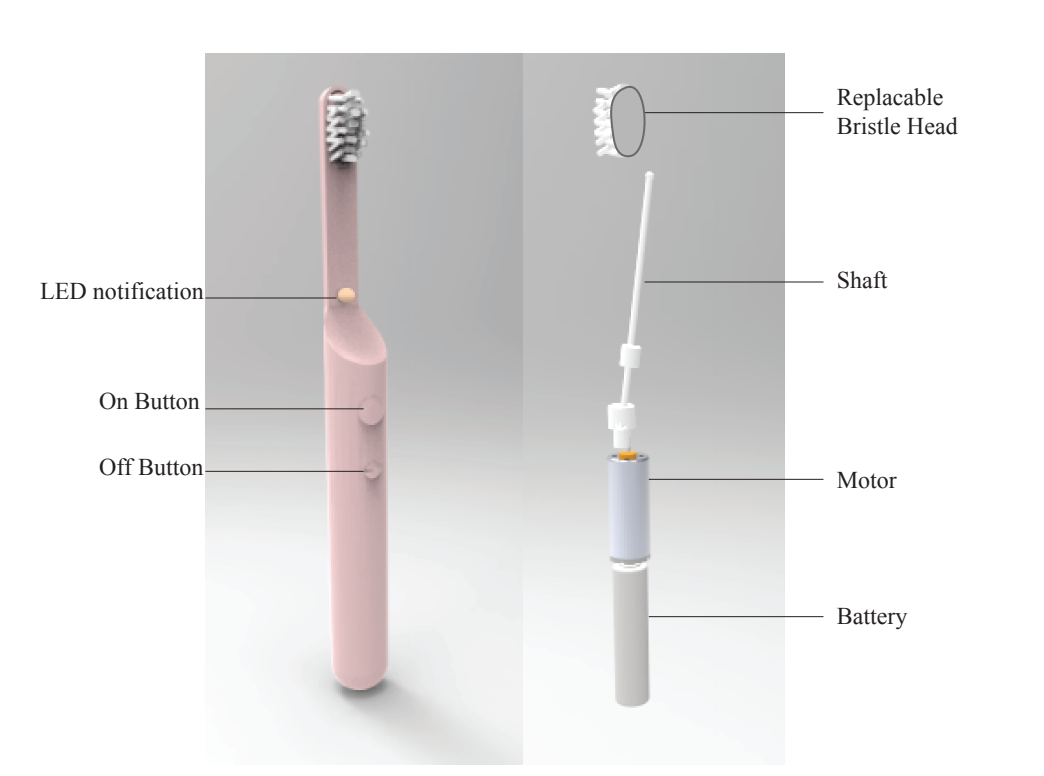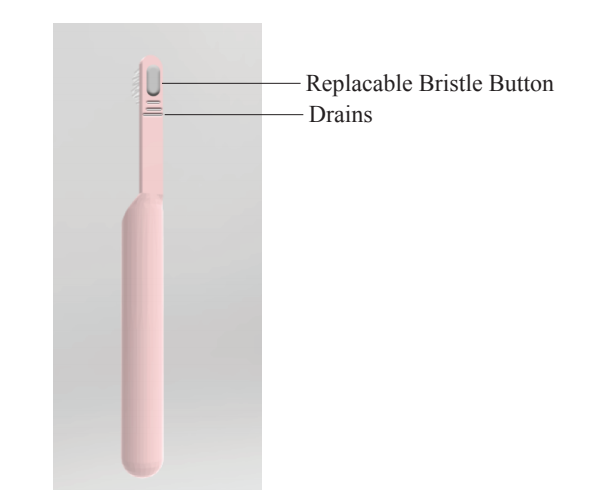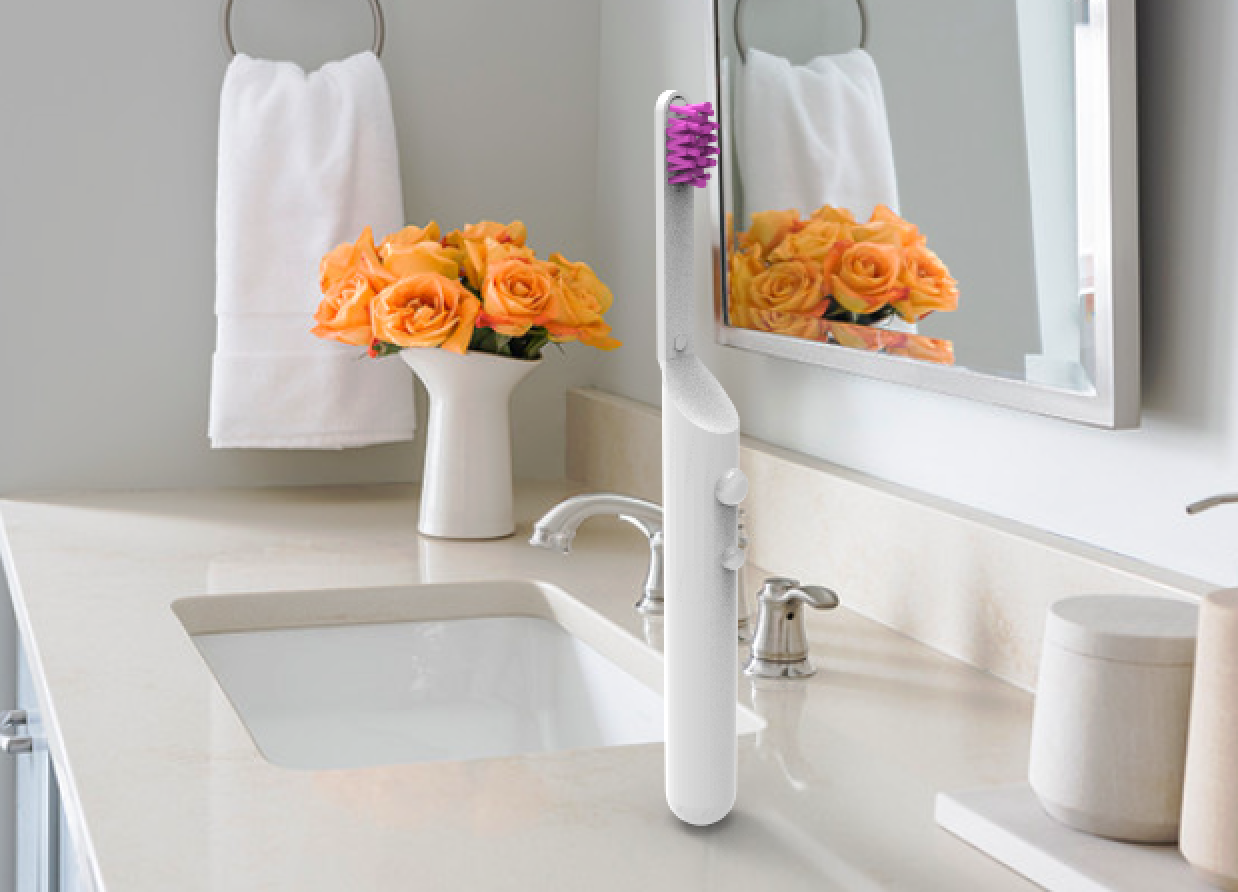Assessing Function and needs to design an eco friendly electronic toothbrush

Function Tree
The Function Tree explores how basic functions of the electric toothbrush correlate to each other. The overarching function was used to derive the secondary and tertiary functions. The tertiary functions were basic design goals for the toothbrush and used to develop a morph chart

House of Quality
The house of quality transforms customer needs into engineering requirements and the correlation matrix highlights conflicting metrics. Key customer requirements are determined to be: waterproof, easy to hold, cost less than $50, and effective cleaning.



CAD
A distinct feature that helps to lower the environmental footprint of this toothbrush is the replaceable bristles. The bristles sit on a plastic pad at the head of the brush and when it is time to replace them, the consumer simply presses a button on the back of the head of the brush to release the bristle pad and apply a new one. The mechanism inside uses circular motion to produce frequent brush movements. Specifically, the motor spins causing a shaft to spin and the shaft moves in a circular pattern causing in and out bristle motion at the head. Smaller size brush handle outweighed battery life and one battery was used instead of two. A smaller brush handle also helped to lower the overall cost of the toothbrush and use less plastic in production. There is a also LED at the base of the neck that turns on with the brush. The light is green for high battery, red for low battery, and orange signaling for bristle replacements. It reduces waste from bristles that are replaced too quickly and increases dental hygiene for those who do not replace their heads enough.
Phone
(808) 494-4929Address
332131 Georgia Tech StationAtlanta, Ga 30332
United States of America
